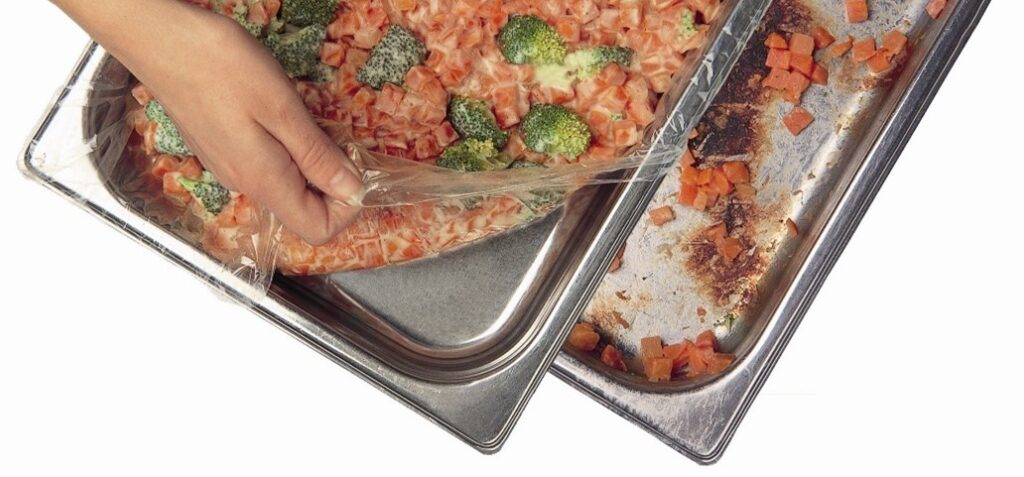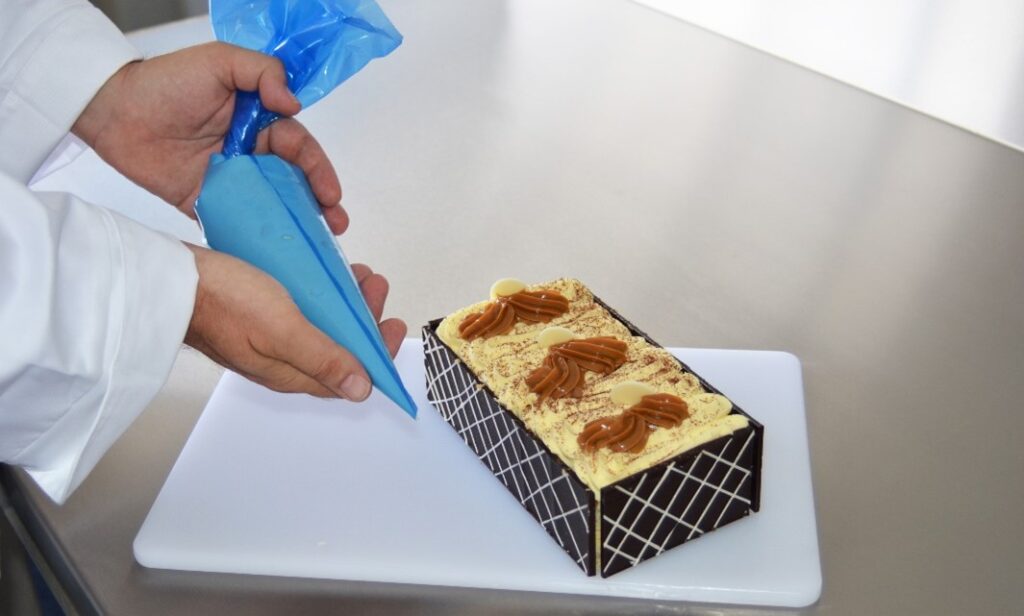Ensuring food safety is vital for any food-related business. Food safety audits play a crucial role in verifying compliance with health regulations and standards, including HACCP (Hazard Analysis and Critical Control Points), to ensure the safety and quality of food products.
Here are the seven essential checks auditors typically focus on during a food safety audit, along with how products like Trolley Covers, Piping Bags, and Pan Savers can assist in maintaining compliance.
1. Facility Cleanliness and Sanitation
What Auditors Look For:
- Cleanliness of the entire facility, including floors, walls, and ceilings.
- Proper sanitation practices and schedules.
- Evidence of pest control measures.
How Pan Savers Help: Using pan savers can simplify cleaning processes and help maintain sanitary conditions in the kitchen. They prevent food residue buildup on pans, making them easier to clean and ensuring that cooking surfaces remain hygienic.

2. Proper Storage Practices
What Auditors Look For:
- Correct storage temperatures for perishable items.
- Proper labelling and rotation of stock to prevent spoilage.
- Separation of raw and cooked products to avoid cross-contamination.
How Trolley Covers Help: Trolley covers safeguard food products and ingredients during both transportation and storage. By acting as a barrier against dust and contaminants, they help ensure that stored items remain safe and free from contamination.
3. Food Handling and Preparation Procedures
What Auditors Look For:
- Safe food handling practices, including handwashing and use of gloves.
- Proper procedures for cooking, cooling, and reheating food.
- Use of clean and sanitised utensils and equipment.
How Piping Bags Help: Pac Food Recyclable piping bags can prevent cross-contamination during food preparation. Our piping bags are disposable so there is no need to clean, which helps to maintain high hygiene standards compared to reusable piping bags.

4. Employee Hygiene and Training
What Auditors Look For:
- Evidence of regular employee training on food safety practices.
- Proper hygiene practices, including handwashing and wearing clean uniforms.
- Health checks and policies for sick employees.
Training Tips: Regular training sessions on the correct use of products like Piping Bags and Pan Savers can reinforce good hygiene practices and reduce the risk of contamination.
5. Temperature Control
What Auditors Look For:
- Accurate and consistent monitoring of food storage temperatures.
- Proper calibration and maintenance of thermometers and refrigeration equipment.
- Documentation of temperature logs.
Tools and Tips: Ensure that all temperature monitoring equipment is regularly calibrated. Use digital thermometers for accurate readings and maintain detailed logs for auditor review.
6. Pest Control Measures
What Auditors Look For:
- Effective pest control measures and records of pest inspections.
- Absence of signs of pests such as droppings or nests.
- Proper sealing of entry points to prevent pest access.
Prevention Tips: Regularly inspect and clean storage areas using Trolley Covers to minimise exposure to pests. Keep the facility clean and clutter-free to deter pests.
7. Documentation and Record Keeping
What Auditors Look For:
- Comprehensive records of food safety practices, including cleaning schedules, temperature logs, and employee training records.
- Up-to-date certifications and inspection reports.
- Evidence of regular self-audits and corrective actions taken.
Organisation Tips: Maintain organised and easily accessible records. Use digital tools for record-keeping to streamline the process and ensure data accuracy.
Conclusion
Mastering these essential checks during a food safety audit can significantly enhance your compliance and food safety standards. Pac Food products like Trolley Covers, Piping Bags, and Pan Savers are valuable tools in maintaining cleanliness, preventing contamination, and ensuring proper food handling and storage practices. By focusing on these seven key areas, you can create a safer environment for food preparation and storage, ultimately leading to successful food safety audits and increased customer trust.

